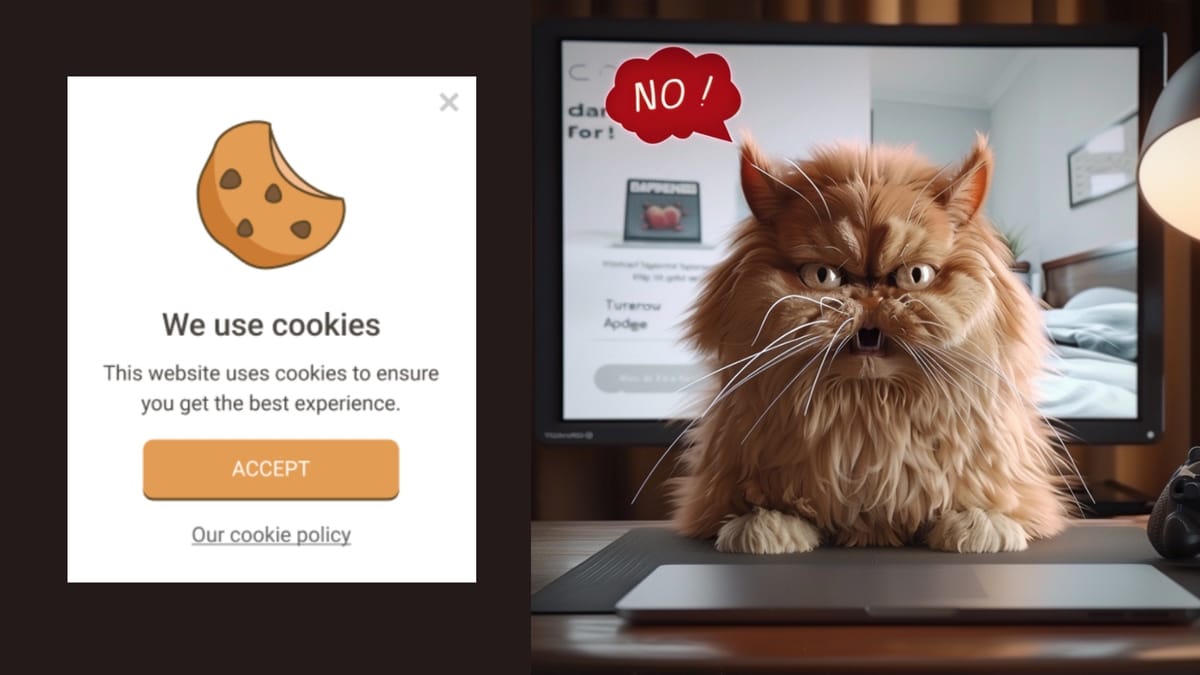5 to 15% of Visitors Discover How to Access Your Content for Free: Insights Into an Ad-Free Internet

Have users discovered a way to access paid content for free? Indeed, they have. They are bypassing the flow of revenue generation so much needed for publishers in trouble. Each visit is associated with hosting and distribution costs. The method users used, required nothing more than opting out of cookies via the consent popup. The numbers we've collected and the business implications are profound. In this blog, we'll explore how this happened and, most importantly, why this era has come to an end (at least temporarily).
🌰 In a Nutshell
This article delves into Content Management Platforms (CMPs), the Consent/Manage options model, cookie walling, and why advertisements are increasingly appearing in the browser spaces of users who opt out of cookie tracking.
Disclaimer: As someone deeply involved in publishing and monetization, rather than a legal expert (though there are certainly more qualified individuals to discuss EU privacy regulations), consider this blog as sharing insights into product and business developments I've observed. Any actions you take based on this article should be discussed with your legal team.
Legal Obligations for EU Publishers: Navigating Consent and Advertising Revenue

What are the legal obligations of EU publishers in the context of user consent and advertising? How many publishers have actually adapted to these regulations?
To retain advertising revenue while complying with EU regulations, many publishers have adopted the "Agree/Manage Options" model. This approach entails obtaining explicit consent through an "Agree" button on the first layer, while offering a deeper "Manage options" setting for users to opt out of cookie usage. This model was designed with the dual aim of respecting user privacy and sustaining ad revenue.
However, the effectiveness of this approach is being challenged by user behavior. It's no secret that internet users tend to seek immediate gratification, as evidenced by the direct correlation between page load time and bounce rate. Most users prefer to consume content directly rather than navigate through complex cookie settings.
Hidden treasure
Initially, when Consent Management Platforms (CMPs) were first introduced, this method yielded consent rates as high as 99%—though in reality, they were closer to 95%. Over time, however, savvy users discovered that the second layer of settings offered a "hidden treasure": the option to decline. Opting out in this manner prevented ad tech vendors from placing or working with cookies on the user's device, effectively blocking the delivery of targeted ads. Without suitable ad networks willing to risk potential spam activity detection, no ads were served, leaving users with pristine, ad-free content. For publishers, this meant that investment in content production often resulted in zero revenue, particularly in cases where direct deals were absent—a common scenario for many.
This user discovery of the opt-out option has become increasingly popular, spreading steadily across various regions. In some EU countries, achieving a 95% consent rate has become a distant dream. Below is a table showcasing actual consent rates across a selection of EU countries:
